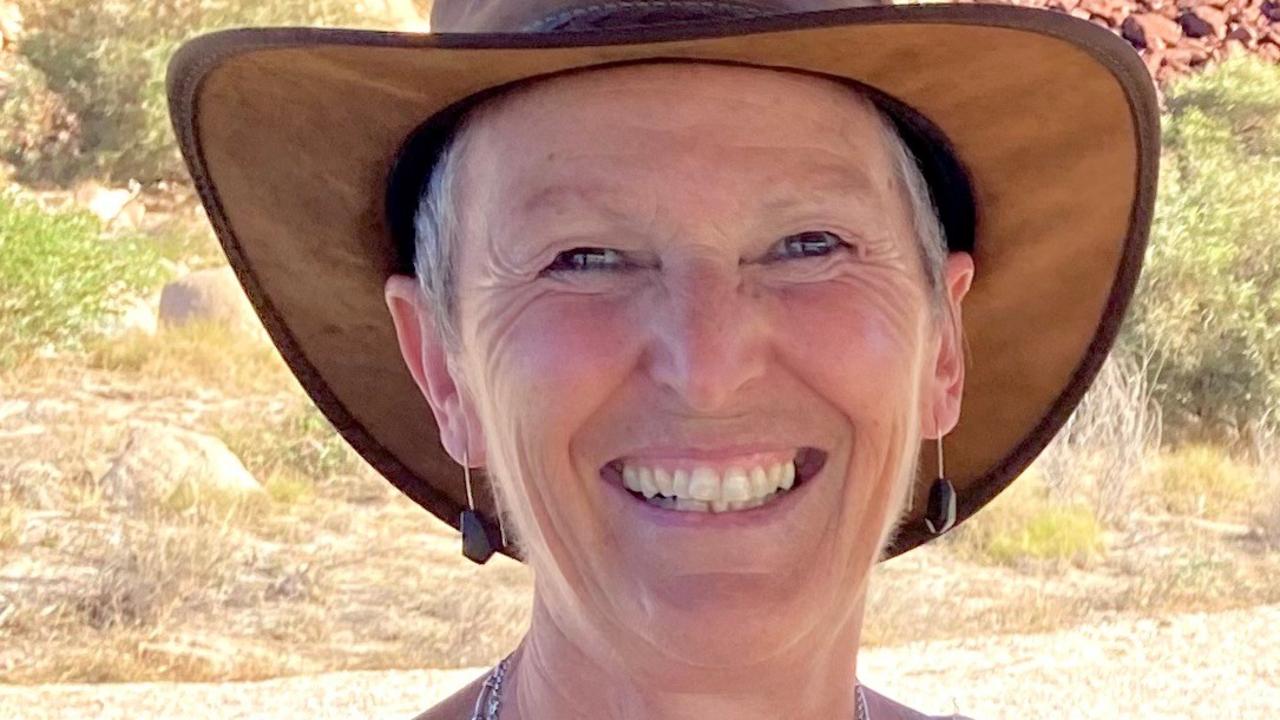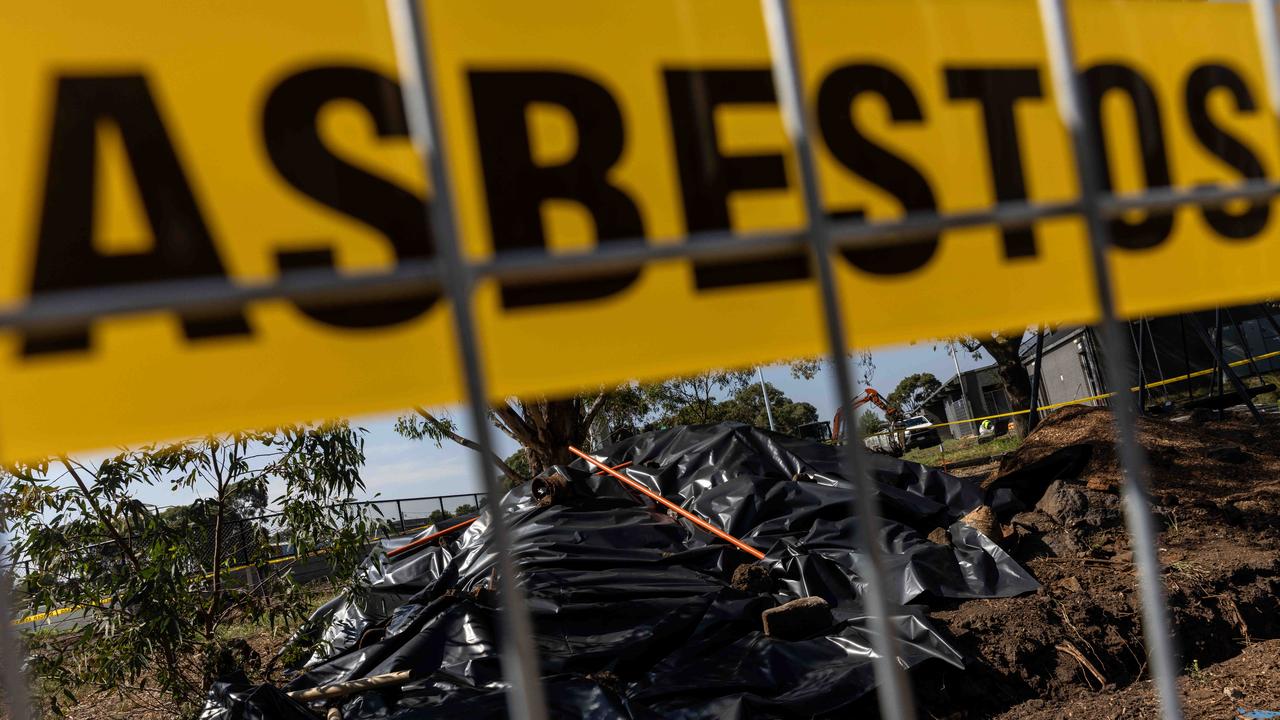Health insurance premiums rise by 3 per cent in largest hike in five years
The millions of Australians paying for one essential service have been dealt a fresh blow, with the largest price hike in five years kicking in today.

Australians will wake up on Monday paying more for their private health insurance cover – and it’s not an April Fool’s joke.
More than 15 million will have their premiums rise by more than 3 per cent in the biggest increase in five years.
Customers at the nation’s largest private health fund, Medibank Private, will be paying 3.3 per cent more, while Bupa’s prices will jump by 3.6 per cent.
Policy holders with HSF will experience a 4 per cent hike and NIB’s premiums will rise by 4.1 per cent.
Tasmania-based Health Care Insurance has won the trophy for having the smallest increase in their average premium, up just 0.3 per cent.
Meanwhile, CBHS Corporate Health members will be stung with a 5.8 per cent rise.


Federal Health Minister Mark Butler approved the average 3.03 per cent increase across the 31 insurers in early March, stressing it was lower than the annual rise in wages and inflation.
“The increase in health insurance premiums is much lower than the increase to the cost of other insurance products, which rose by around 17 per cent in 2023,” he said at the time.
The insurers are permitted to increase premiums annually, however the Health Minister must approve any rise.
Last year, Mr Butler rejected the health funds initial request to increase fees by up to 6 per cent.
About 55 per cent of Australia’s population is covered by private health insurance, with the cost partly subsidised by government via a tax rebate which reduces as a policy holder’s income grows.
In the past year, more than $23.5bn in health and medical benefits were paid out to policyholders by health insurers.

The insurers say they are doing what they can to keep premiums reasonable.
“We know many households are doing it tough at the moment, and our focus has been to balance the impact of rising health costs with the need to keep premiums affordable for our customers,” Medibank Chief Customer Officer Milosh Milisavljevic said.
“Premium increases are never welcome, which is why we have worked hard to ensure this year’s is as low as it can be, despite rising health costs in the private system.
It’s also lower than the price rises seen in other insurance, such as car and house insurance.:
Bupa Health Insurance Managing Director Chris Carroll they know “many household budgets remain under real pressure”.
“We want our members to know we’re working hard to help ensure they continue to have access to affordable and high-quality healthcare,” Mr Carroll said.
“Bupa’s premium adjustment this year is lower than inflation and less than rising healthcare costs.
“We know every dollar helps and that’s why we’ve given back $1.35 billion to our customers through cashbacks and premium deferrals.”
Health insurance premiums have risen fairly modestly in recent years, climbing by 2.9 per cent in 2023, and by 2.7 per cent in both 2022 and 2021.
However, premiums more broadly have risen markedly, jumping more than 17 per cent in 2023 and making a significant contribution to measures of consumer price growth.
An investigation by the competition watchdog released in December found the industry’s net-profit after tax surged 110 per cent to almost $2.2bn in the 2023 financial year, up from $1bn in the 12 months prior.



